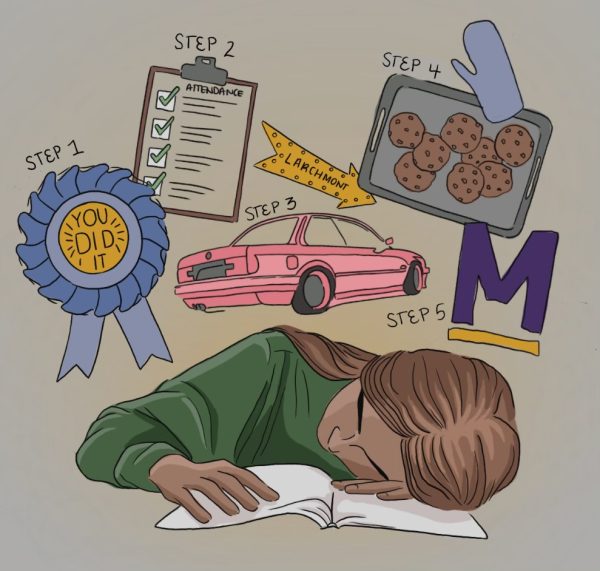District plan addresses COVID-19 impact on learning
In response to the unprecedented 2020-2021 school year, the U.S. Congress provided financial support to schools; the funds given to Cypress-Fairbanks Independent School District allowed the creation of Closing the Gap days for the school year.
The Elementary and Secondary School Emergency Relief (ESSER) fund was created to address the ongoing impact of the COVID-19 pandemic. CFISD was initially allotted $126 million in funds to aid in unexpected pandemic-related expenses. Texas was given $1.3 billion dollars in ESSER funds out of the $11.2 Billion given countrywide. To address learning gaps caused by the pandemic, CFISD created Closing the Gap days with the funds.
“The intent is to help students fill in some of what might have been lost in the intervening months since March of 2020,” Director of Instruction, Traci Underwood, said, “that’s basically the design of Closing the Gap.”
Mrs. Underwood explains that Closing the Gap days are something that each campus in CFISD is doing. While campuses were given different options on how to approach it, Bridgeland focused on the four core classes: English, math, science and social studies and gave them a certain day. Teachers are given 30 minutes from the beginning of class to address skills that may be lacking in classrooms.
“The skills are things not necessarily in the actual current unit,” Underwood said, “but maybe a foundation underneath that unit.”
According to Mrs.Underwood, it didn’t take long for teachers to discover gaps in learning. Since some students might not have as many gaps as others, teachers have to differentiate skills during Closing the Gap so the 30 minutes can be used effectively.
“The differentiation part of it is what I think for us as a campus moving forward, we’re really going to try to do well,” Underwood said, “we don’t want to just take 30 minutes of a class every single week for the whole entire year and not feel like we’re benefiting our students.”
English IV AP & DC teacher Laura Braun sees Closing The Gaps days as something useful. She explains how skills in English only get more complex and in-depth. Closing the Gap days have allowed dedicated time for things such as AP Classroom, or multiple-choice practices. The only issue Mrs. Braun has is that Closing the Gap has to be on a certain day.
“The nice thing about these days for the English department is that we get to circle back on skills that can sometimes fall through the cracks,” Braun said.
Mrs.Braun emphasizes that she tries to make Closing the Gap days engaging, but she also makes sure to explain to students the purpose behind Closing the Gap day; she says that it’s worked well.
“So I’ve had pretty good buy-in,” Braun said, “but I was also very conscious of the group of students that I work with and how they know this, how we can use this time to directly benefit them.”
Junior Michaela Austin sees Closing the Gap as unnecessary; she explains how during Closing the Gap days, nothing in class happens, and it just feels wasteful. She also thinks It’s just a review of things learned in the past and common sense topics.
“I think they take a lot of time off work, and I know we get behind on work because we have to do Closing the Gap,” Austin said, “So I don’t really like them that much.”
Note- Closing the Gap requirements have been waived for CTE classes
Alfred Dozier is a junior and this is his second year on the newspaper staff as the Opinion and Editorial editor. He enjoys reading, writing and playing...









